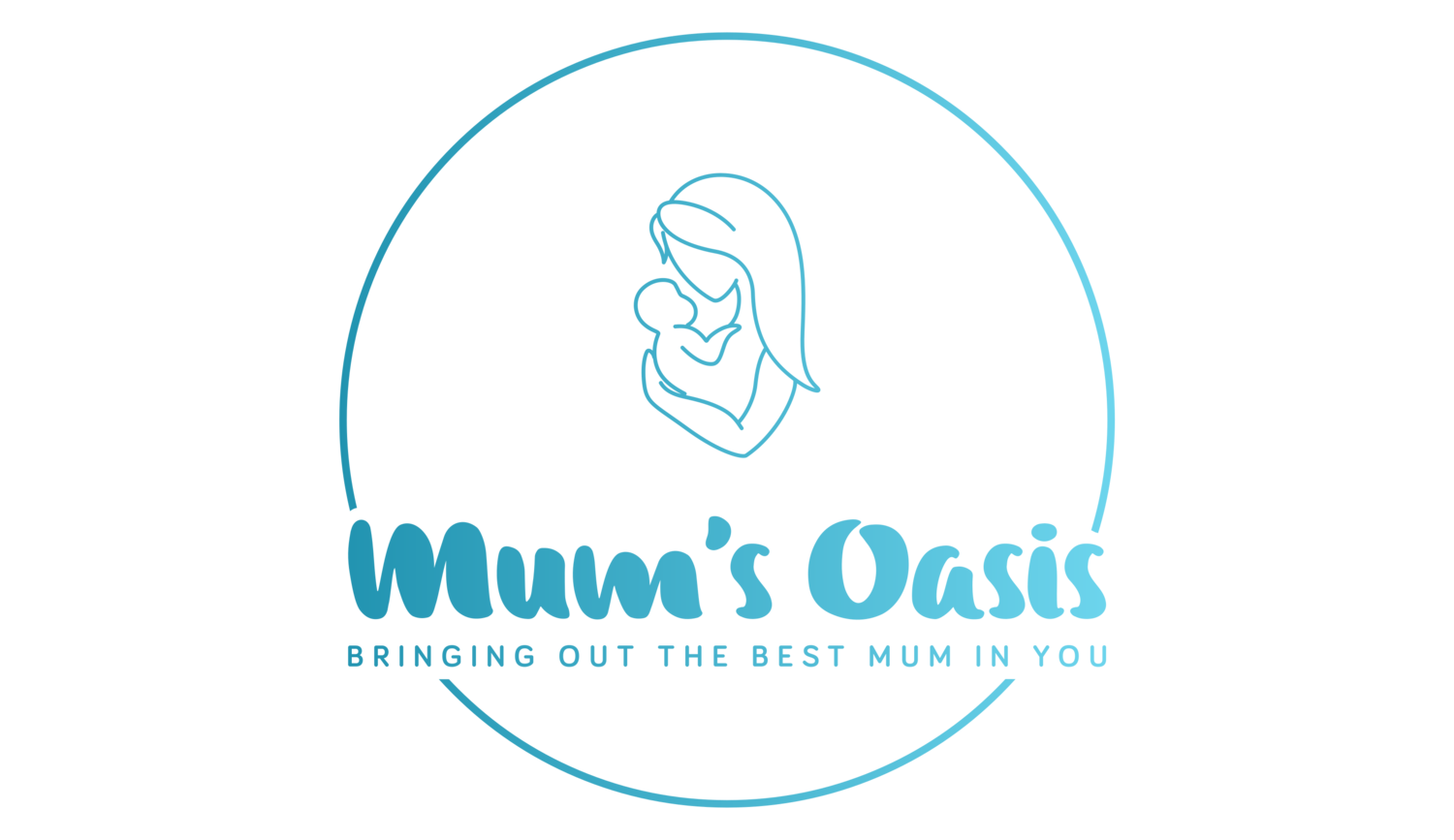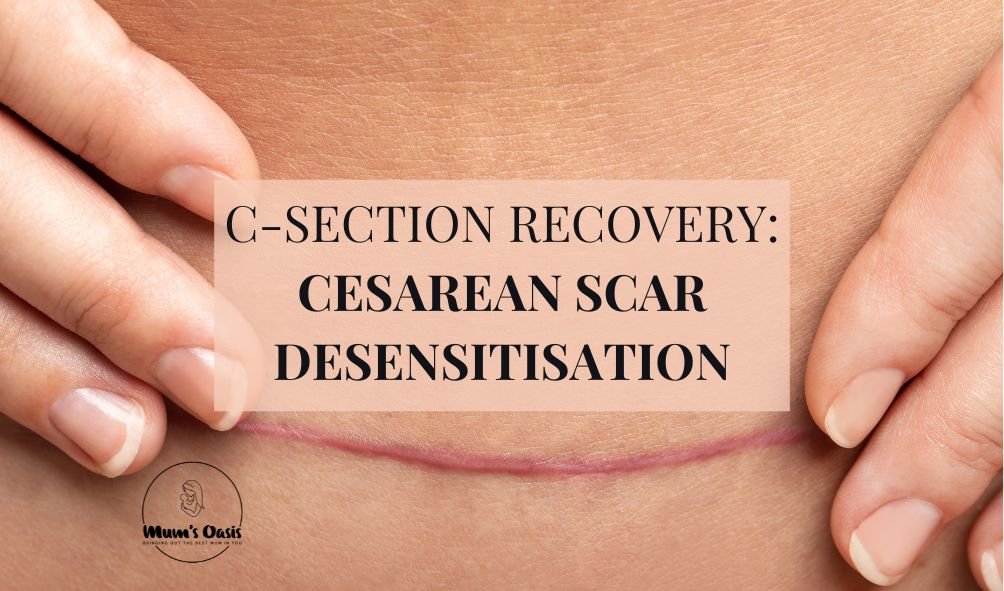C-Section Recovery: Cesarean Scar Desensitisation
In this comprehensive guide, we'll explore what scar desensitisation entails, why it's important, and practical tips to help you navigate this aspect of your postpartum journey.
Understanding C-Section Recovery:
A cesarean section is a common procedure and of course, the main focus is on the birth of the baby. But we can’t forget and neglect the fact that it is a major abdominal surgery. There are many layers that the surgeon has to cut through to deliver your baby.
Firstly, they will cut the skin, fat and fascia. Then they will split the abdominal muscles which will give them access to cut the peritoneum, the three layers of the uterus and finally the amniotic sac. All of these layers cut will need to be closed again once the baby and placenta are delivered. That’s a lot of layers, don’t you agree? Many mums are surprised at how long it takes for the surgeon to finish after their baby is born. It takes so long because they have to close all these layers. The body has to do a lot of wound healing after a cesarean birth, so while taking care of your baby, don’t forget to care for your body too.
You can read more about how to care for yourself and optimise your c-section recovery here. Planning for the postpartum period and organising support are key aspects that will help you heal after birth (vaginal and cesarean).
After a cesarean birth, you also want to look after your cesarean scar. An easy first step to do so is by desensitising your scar.
What is Scar Desensitisation?
Scar desensitisation is not something specific to c-section recovery. Scars from any kind of surgery or injury can become oversensitive, tender or painful.
Scar desensitisation can help to decrease hypersensitivity and reduce numbness around the scar.
Gradually exposing the scar tissue to different textures and sensations can help desensitize the area over time. Start with gentle touches using soft fabrics and progress to slightly rougher textures as tolerated. This can help retrain the nerves around the scar and reduce hypersensitivity.
How to perform Scar Desensitisation?
You can start as early as one week post-birth by gently touching the skin above and around your scar. An easy way to do that is in front of the mirror or lying down on your bed. If you have mixed feelings about looking at or touching your scar, you can ask your partner to do the desensitisation for you or you simply wait until you are ready.
Gather different materials and textures from soft to harsher (soft tissue, cotton tip, t-shirt, towel…)
Get into a comfortable position. It’s best to lie down on your bed or to stand in front of the mirror.
Grab the softest material that you have.
Start by gently touching the skin around your scar with that soft material by moving it back and forth or going around in small circles. Do this for at least 5 minutes daily.
If that material feels very sensitive, stop here and repeat the same material the next day. Use the same material as long as your skin is not sensitive to it anymore.
Once you are not sensitive to the soft material anymore, you move on to the next one. Use this material for as many days as it takes for your skin to get used to it.
Move on to the next material and so on.
Once your scar is healed (usually around 6 weeks) you can do the same process on your scar directly. You start with the soft material and gently rub it on your scar.
Healing takes time and there is no rush here. Please remember that. If you need to use the same material for a few weeks, then that is totally fine as long as you do the routine daily for 5 minutes you are doing everything to support your scar becoming desensitized and used to touch.
Once your scar is healed and desensitized, you can support your scar tissue with scar massage.


